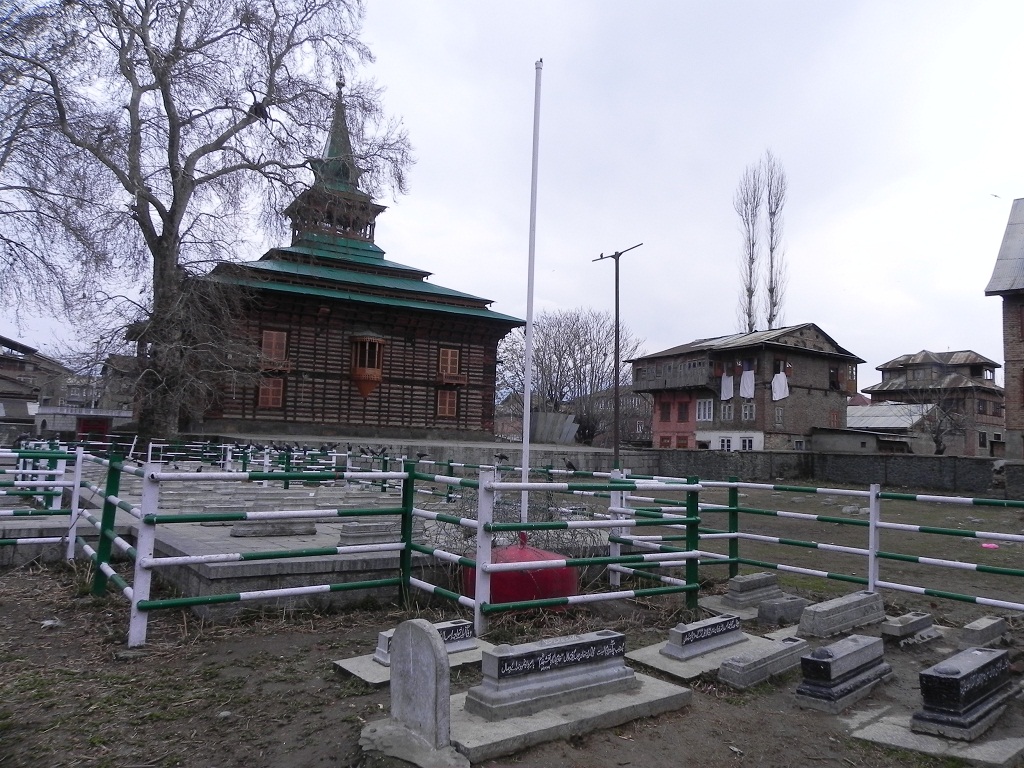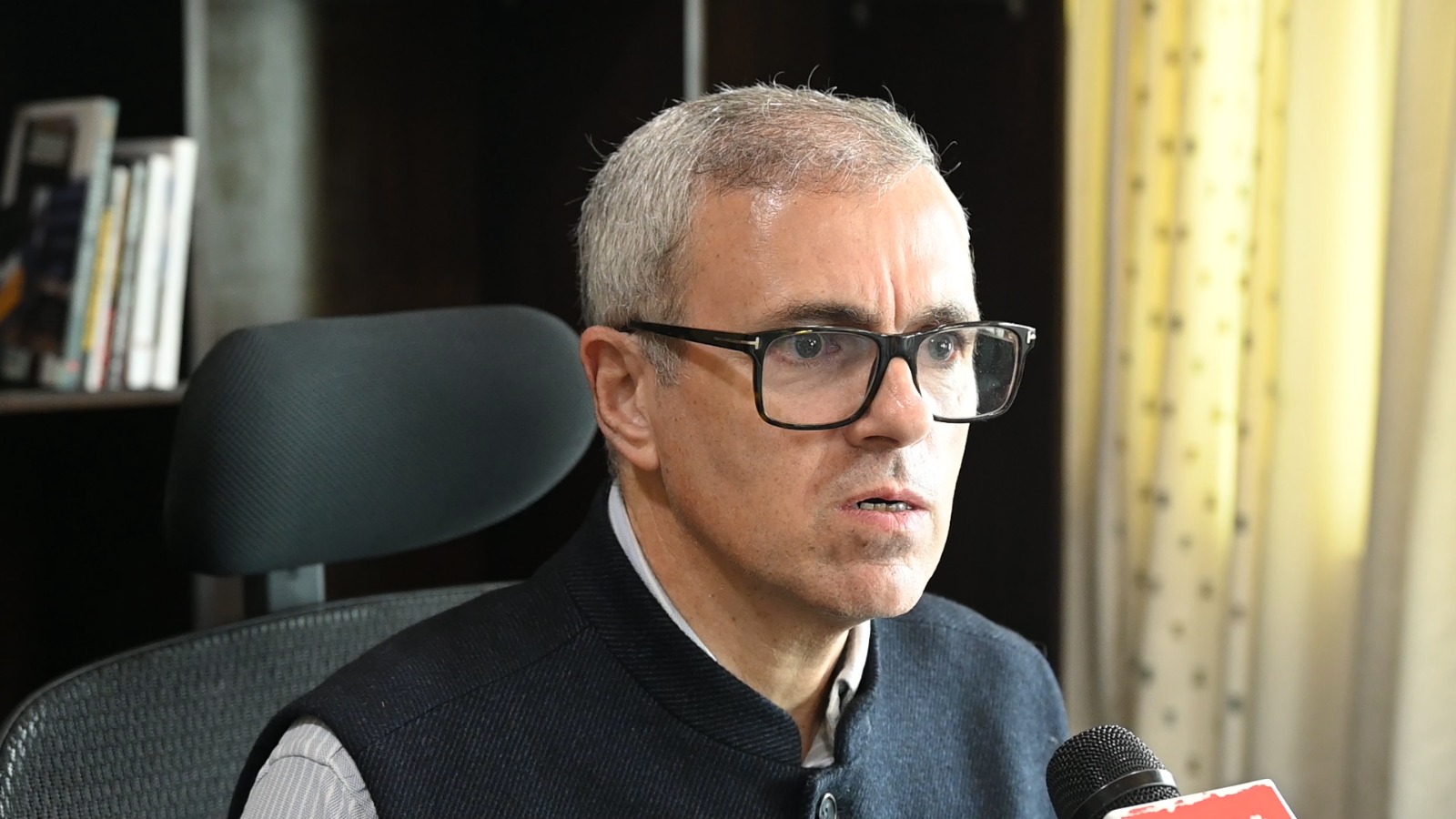Martyrs’ Day Blocked Again: Srinagar Seals Access, Leaders Cry Foul
By: Javid Amin | Srinagar | 13 July 2025
A Day of Tribute Turned Into a Day of Restrictions
On July 13, 2025, the Srinagar administration once again denied permission to major political parties—including the National Conference (NC) and People’s Democratic Party (PDP)—to visit the Martyrs’ Graveyard at Naqshband Sahib in Nowhatta, the historic resting place of 22 civilians killed in 1931 during a protest against the Dogra monarchy.
Instead of solemn tributes, the day was marked by sealed roads, barricades, and a heavy deployment of security forces. This latest clampdown has reignited long-standing debates on freedom of expression, historical memory, and the state of democracy in Kashmir—even under an elected government.
Martyrs’ Day Curbed Again: Srinagar Locks Down Access to Graveyard
On July 13, authorities in Jammu & Kashmir sealed all roads leading to the Martyrs’ Graveyard in Nowhatta, Srinagar, citing potential law and order concerns. The move sparked outrage across political circles, especially from the National Conference (NC), which claimed that several of its leaders—including sitting MLAs and senior advisors—were placed under house arrest overnight.
What Happened?
- Barricades and heavy security were deployed at all entry points to the old city.
- Only official and security vehicles were allowed through.
- NC’s formal request to visit the graveyard was denied by the District Magistrate.
- Tanvir Sadiq, NC’s chief spokesperson, called the move “deeply insensitive” and a “deliberate attempt to suppress remembrance.”
Political Fallout
- Omar Abdullah likened the July 13 massacre to Jallianwala Bagh, condemning the lockdown as “blatantly undemocratic.”
- Mehbooba Mufti shared images of her locked gate, stating the administration is trying to erase Kashmir’s collective memory.
- Sajad Lone and Altaf Bukhari also reported being detained or barred from visiting the graveyard.
What Happened on July 13, 2025?
The district administration took preemptive action by sealing off all roads leading to the Martyrs’ Graveyard:
- Police and paramilitary forces erected checkpoints and barricades.
- Only official and security vehicles were allowed through.
- Senior NC leaders, including Tanvir Sadiq and Omar Abdullah, were reportedly placed under house arrest.
- Iltija Mufti, daughter of Mehbooba Mufti and a PDP leader, managed to visit the site a day earlier, anticipating the lockdown.
This approach mirrored previous years’ clampdowns, underscoring a pattern of administrative suppression.
Political Reactions: United in Condemnation
Across party lines, leaders expressed outrage at the government’s decision.
Omar Abdullah (NC):
“The July 13 massacre was no less than Jallianwala Bagh for Kashmir. Blocking access to the graveyard is blatantly undemocratic and shameful.”
Tanvir Sadiq (NC):
“It is deeply unfortunate that people are not allowed to remember those who laid down their lives for dignity and justice.”
Mehbooba Mufti (PDP):
“This reflects a refusal to accept Kashmir’s martyrs as part of India’s shared legacy. The administration wants to bury memory, but it won’t succeed.”
Iltija Mufti (PDP):
“Their voices echo in every Kashmiri’s heart. The government can lock roads, but it can’t lock remembrance.”
Sajad Lone (PC) and Altaf Bukhari (Apni Party):
Both leaders criticized the decision and demanded restoration of Martyrs’ Day as a gazetted holiday, emphasizing the importance of civilian sacrifices in shaping Kashmir’s political journey.
Historical Context: 1931 Uprising and Birth of Martyrs’ Day
Martyrs’ Day honors the memory of 22 Kashmiris killed on July 13, 1931, by Dogra troops outside Srinagar Central Jail, where crowds had gathered for the trial of Abdul Qadeer, an outspoken critic of the monarchy.
As one man after another tried to complete the Azan (call to prayer) amid gunfire, all were gunned down—turning the prayer into an act of resistance and the fallen into martyrs of Kashmir’s political consciousness.
For decades, July 13 was observed as an official holiday, with floral tributes, public gatherings, and political addresses across the Valley.
Post-2019 Shift: From Recognition to Repression
Since the abrogation of Article 370 in August 2019, the day was stripped of its holiday status, and official commemorations were quietly shelved. What once was a solemn day of remembrance has now become a flashpoint between memory and authority.
This year’s clampdown reflects a continued shift in administrative approach, where even peaceful commemorations are viewed through the lens of security and control.
Democracy Under Siege: Freedom of Expression at Stake
Critics argue that the denial of access and preemptive detentions signify a shrinking democratic space in Kashmir.
Zubair Sheikh, a political observer, noted:
“This isn’t just about a graveyard. It’s about controlling the narrative—who we remember, why we remember, and who gets to decide.”
Such actions raise serious questions about the right to remember, and whether historical memory can survive in an environment where political expression is increasingly criminalized.
Bottom-Line: The Azan That Still Echoes
Despite the barricades and bans, the story of July 13, 1931, continues to echo across generations. The memory of those 22 martyrs, who stepped forward one by one to complete the Azan amid bullets, refuses to be erased.
This year, like in years past, the state may have sealed the streets, but it could not seal the spirit. People across the Valley found other ways to remember—through prayers, poetry, and private reflection.
The Azan of 1931 wasn’t just a call to prayer; it was a call to resist tyranny. And as long as that call lives in Kashmiri hearts, Martyrs’ Day will endure—even in silence.



